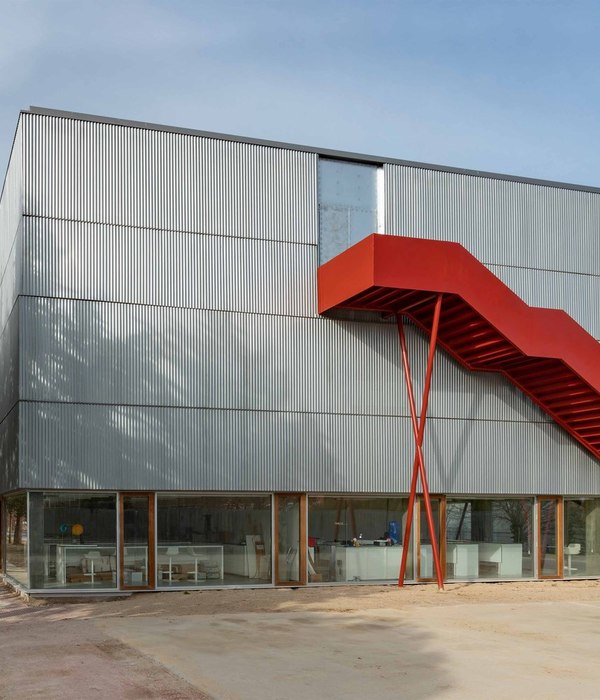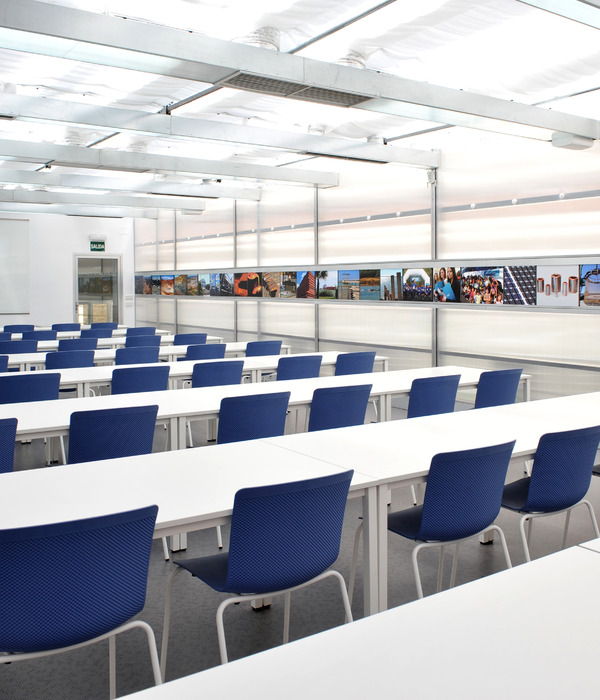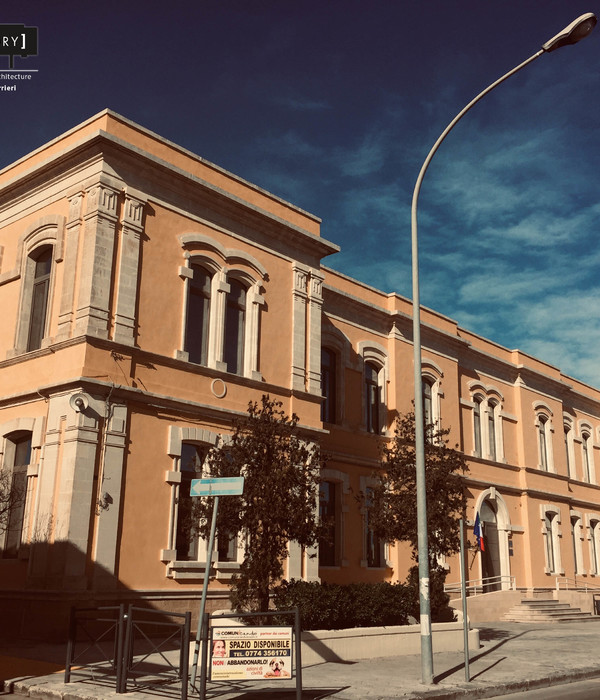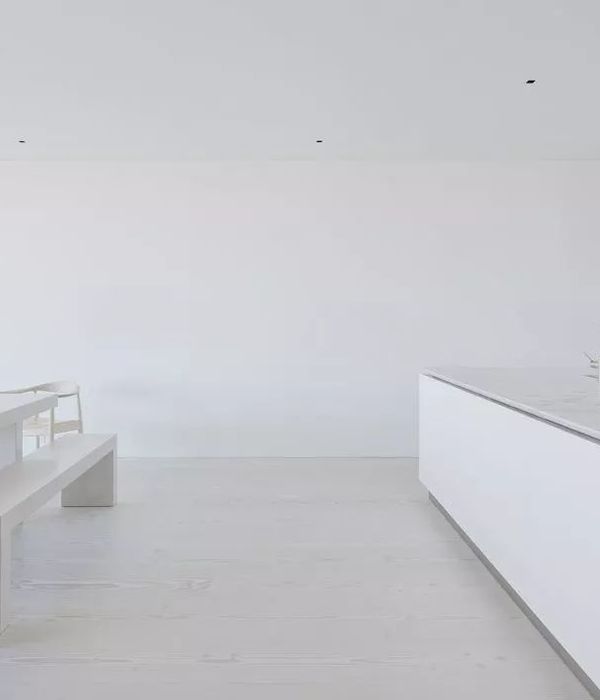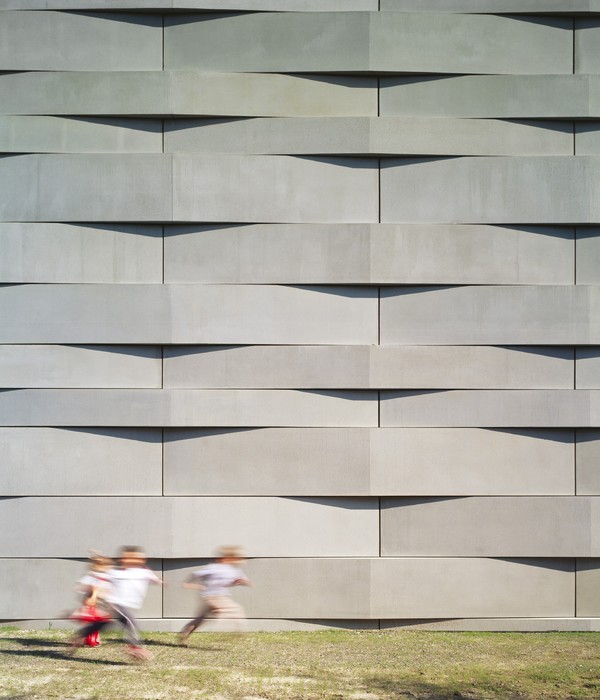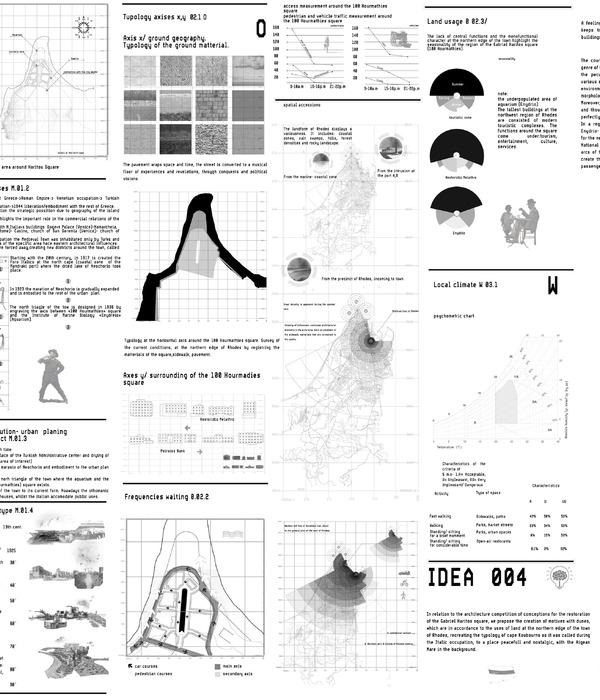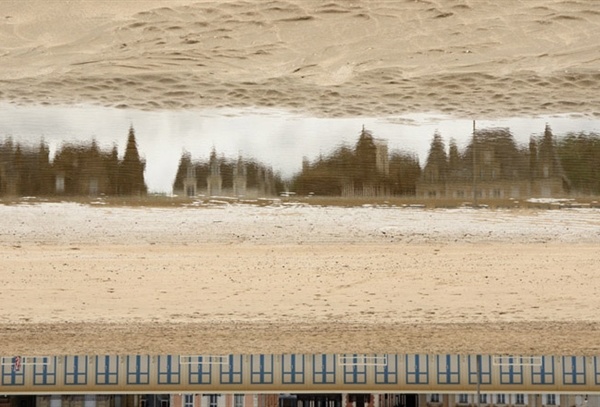Manuel Fonseca Gallego: The idea of an ornithological observatory, a unique and eminently landscaping object located in a well established urban surrounding belongs to the promoter, who proposed several locations within an area of outstanding beauty. After a detailed frame photographic analysis, we chose the most suitable location we considered, among other reasons, because it’s a strategic point for the detailed observation of a large number of migratory birds without altering their natural habitat. The rest consisted in locating it between two magnificent tree specimens to ensure that the volume was fully integrated with the riverside’s vegetation as an element itself. The choice for the material seemed clear. Wood was the most interesting construction component.
© Luís Prieto Sáenz de Tejada
© Luís Prieto Sáenz de Tejada
© Luís Prieto Sáenz de Tejada
© Luís Prieto Sáenz de Tejada
© Luís Prieto Sáenz de Tejada
© Luís Prieto Sáenz de Tejada
© Luís Prieto Sáenz de Tejada
© Luís Prieto Sáenz de Tejada
© Manuel Fonseca Gallego
© Manuel Fonseca Gallego
© Manuel Fonseca Gallego
© Manuel Fonseca Gallego
© Manuel Fonseca Gallego
© Manuel Fonseca Gallego
© Manuel Fonseca Gallego
© Manuel Fonseca Gallego
The project was presented as a conceptual exercise to the fourth-year architecture course of IPAO (International Projects Advanced Architecture Organization), a research workshop of the School of Art and Architecture of the European University of Madrid, belonging to the Project Chair of Jose Luis Esteban Penelas and organized by professors José Luis Esteban Penelas and Manuel Fonseca Gallego, receiving a great interest from the students due to the fact that it was a real constructible project, providing really outstanding results for the superb quality of their work. Once we selected the two most appropriate proposals, we proceeded to a shared tutoring, leading to the result that we presented.
The main concept is to consider the item as a big box beam bounded by four planes, the lower horizontal one and the rest formed by ruled surfaces. The constructive composition of these planes is set with wooden planks arranged irregularly, covering the surface partially, as a “sell”, so we dip ourselves into the dream world of nests, recreating a surreal atmosphere with lights and indoor shadows.
The piece rests on top of the hill and crosses the forest’s mass with a powerful cantilever (12 m approx.), poking surprisingly between the vegetation, surpassing the river’s vertical edge.
Originally, the observatory’s implantation area was not accessible to the public, enclosed by a balustrade and a slope of approximately 5 meter height difference between the walk’s pavement floor and the normal flow of the river Ebro. For this reason, the project also includes the construction of a walkway, parallel to the river, merging with the object itself and entering the exterior-interior continuity through the wood, becoming the unique and exclusive constructive protagonist.
Design: Manuel Fonseca Gallego / Architect Location: Logroño / Spain Execution project team: Francisco Ávalos Gómez / Architectural Technician José Ramón Negueruela Sánchez (Structure Calculation) / Agriculturist Promotor: Confederación Hidrográfica del Ebro (Ministerio de Medio Ambiente, y Medio Rural y Marino) Construction: Empresa de Transformación Agraria, S. A. (Delegación de La Rioja) UEM draft phase team: Oscar Moya Pozo / 5th Course Student UEM María Paz Bernáldez Rodríguez / 5th Course Student UEM Engineer specialized in wood solutions: Madergia Plywood structure execution: Ensambla Madera Photos: Luís Prieto Sáenz de Tejada Text: Manuel Fonseca Gallego Text translation: Antonio Guijarro García Architect Project: June 2008 Completion: April 2009 Budget: 117.822,20 €
{{item.text_origin}}


